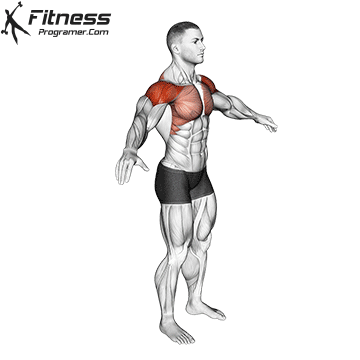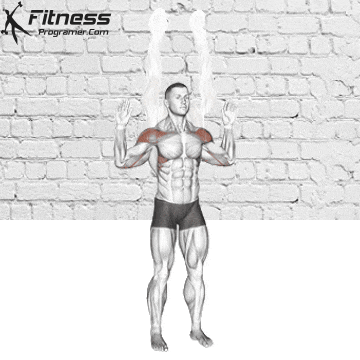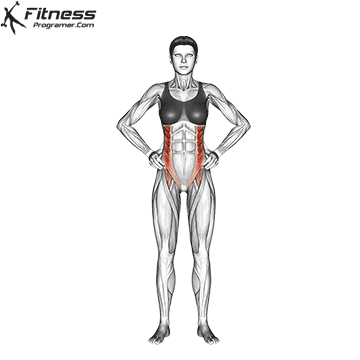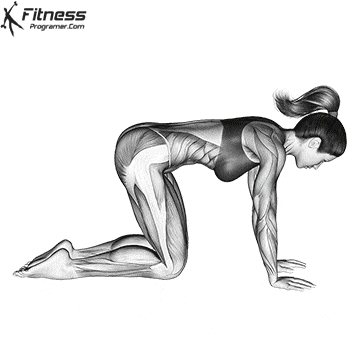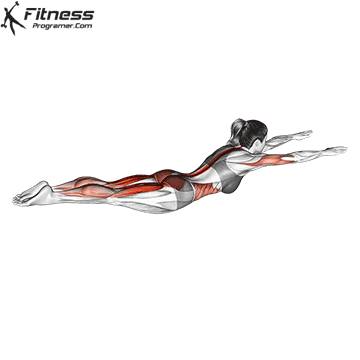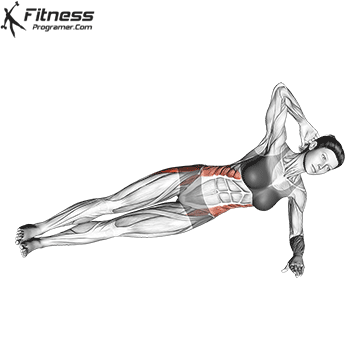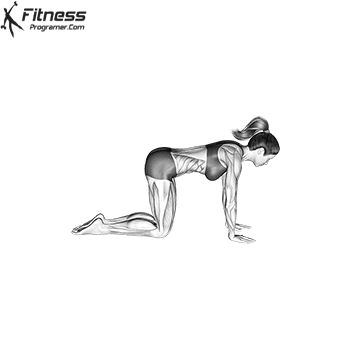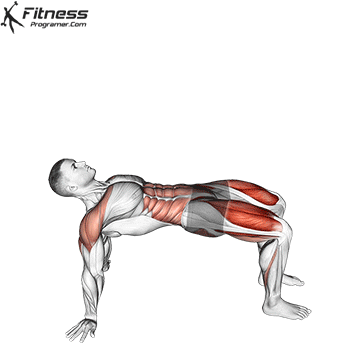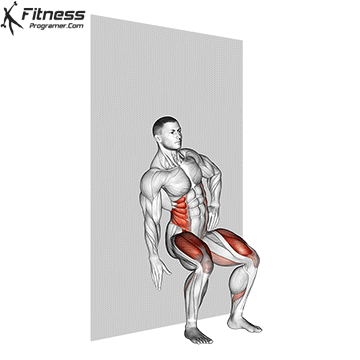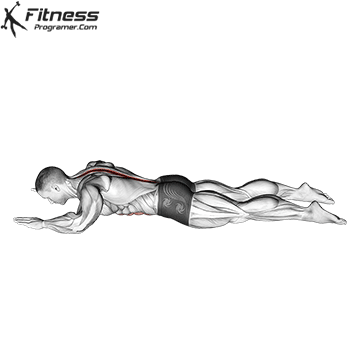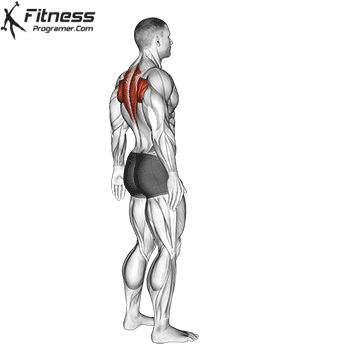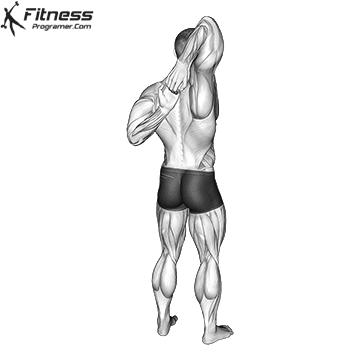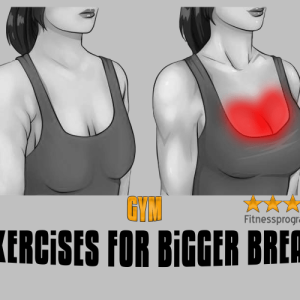Muscles worked in the Posture Workout

Better Posture Workout
Exercises and tips to help alleviate muscle tension caused by poor sitting and standing habits.
The best way to improve your posture is to focus on exercises that strengthen your core – the abdominal and low back muscles that connect to your spine and pelvis. All of these exercises and stretches deal with the muscles that are directly responsible for the problem of shoulders hunching forward. Make these posture-boosting exercises a regular part of your routine and try to do it at least 2-3 times a week.
What is Posture?
Posture is the position in which you hold your body while standing, sitting or lying down.
There are two types of postures
- Dynamic posture is how you hold yourself when you are moving, like when you are walking, running, or bending over to pick up something.
- Static posture is how you hold yourself when you are not moving, like when you are sitting, standing, or sleeping.
Postural dysfunction (poor posture) is when the spine is in unnatural positions for a long time and occurs as a result of a person’s daily activities. The ideal posture is the situation in which stress and strain are at minimum and the body works at maximum efficiency.
Hunching over laptops and cellphones stresses the spine and can lead to back and neck pain, fatigue, and muscle strain.
Good posture is important not just when you are standing. It’s about how you position yourself when you sit, lie down, and bend over, too. The key to good posture is the position of your spine. Your spine has three natural curves – at your neck, mid back, and low back. Correct posture should maintain these curves, but not increase them. Your head should be above your shoulders, and the top of your shoulder should be over the hips.
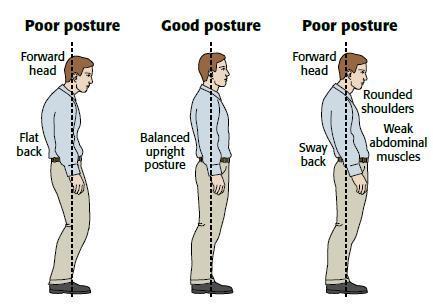
Posture is often defined as “the upright and balanced position of a person”. Postural disturbance occurs when the posture moves away from normal alignment. In the long run, this can cause pain syndromes, muscle and joint tension, neck and back pain, and injuries during daily activities. Poor posture can affect your appearance, self-confidence and social life.
Sitting Positions for Good Posture
Many people spend most of their time sitting at work, school, or home. It is important to sit properly and take frequent breaks.For this, some recommendations should be taken into account.
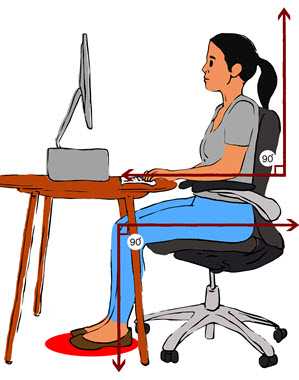
- Switch sitting positions often. Try to avoid sitting in the same position for more than 30 minutes.
- You can use a small, rolled-up towel or a lumbar roll to help maintain the normal curves in your back.
- Sit up with your back straight and your shoulders back. Your buttocks should touch the back of your chair.
- Bend your knees and keep your feet flat on the floor. Distribute weight evenly onto your hips
- Keep your forearms parallel with the floor, resting on your desk.
- If your computer monitor is positioned incorrectly, you’ll be placing excess strain on your neck because you’ll have to be constantly looking up or down. This puts you at risk for injuries such as neck strains and sprains, cervical disc herniation, and headaches.
- Take periodic breaks & Stretch out.

